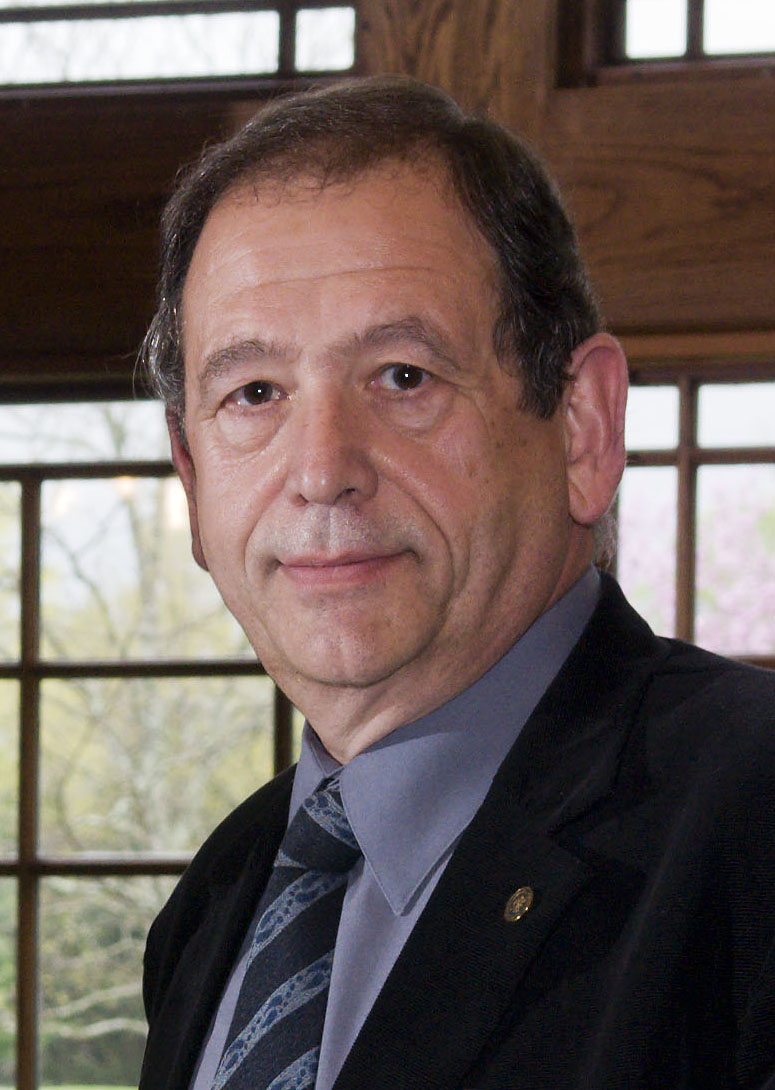Virginia Tech teams with CONSOL Energy on identifying coal seam carbon storage alternatives

Virginia Tech’s Virginia Center for Coal and Energy Research is teaming with CONSOL Energy Inc. on exploring potential carbon storage alternatives to be conducted in Buchanan County, Va.
Being tested will be the potential of unmineable coal seams as storage for carbon dioxide. The project between the Virginia Center for Coal and Energy Research and the Cecil Township, Pa.-based CONSOL Energy is being funded by the U.S. Department of Energy’s National Energy Technology Laboratory.
CONSOL Energy will donate the use of three coalbed methane wells in the pilot project to be conducted by Virginia Tech’s Department of Mining and Minerals Engineering, part of the College of Engineering.
“We are pleased to be a part of this important research, which will serve to further define carbon storage alternatives and continue our collaborative efforts to develop clean coal technologies,” said Steve Winberg, vice president of CONSOL Energy’s research and development department.
Representatives of the Virginia Center for Coal and Energy Research, CONSOL Energy, and Cardno MM&A, formerly Marshall Miller & Associates, a Southwest Virginia geological and mining consulting firm, attended the Feb. 4 meeting of the Buchanan County Board of Supervisors to explain the project and its significance to members of the board and the public.
Using three coalbed methane wells donated by CONSOL Energy’s CNX Gas Virginia operations, plans call for injecting and storing as much as 20,000 tons of carbon dioxide into underlying coal seams at the identified site this fall. Carbon dioxide is a naturally occurring odorless, colorless atmospheric gas. It is exhaled when we breathe and one of its common uses is in the carbonation of drinks, including sodas.
The injection will be performed during a one-year period and builds on a recently completed 1,000-ton injection test that took place in neighboring Russell County, Va., in 2009. CNX Gas, the Virginia Center for Coal and Energy Research, and National Energy Technology Laboratory also participated in that test.
For this current research program, a comprehensive plan to monitor injected carbon dioxide has been established by the Virginia Center for Coal and Energy Research and National Energy Technology Laboratory to better understand the feasibility of carbon dioxide storage in unmineable coal seams and to explore the potential for enhanced coal bed methane recovery.
It is expected that the coal seam will adsorb the carbon dioxide and potentially release even more methane for collection and use, as occurred in the smaller scale test in Russell County. The current test is part of a larger effort funded by the National Energy Technology Laboratory for carbon capture, utilization, and storage projects.
Carbon capture, utilization, and storage projects are the process of capturing carbon dioxide from large stationary sources, such as power plants, and using that captured gas to produce more oil or natural gas from an existing field and simultaneously storing the carbon dioxide in a way that prevents its release into the atmosphere.
“The research will test the ability to inject carbon dioxide into coal seams that cannot be mined, as well as the potential to enhance coalbed methane recovery,” said Michael Karmis, the Stonie Barker Professor of Mining and Minerals Engineering at Virginia Tech and director of the research center. “I must praise the tremendous cooperation of the gas operator, CONSOL Energy’s CNX Gas; and the mineral owner, Harrison-Wyatt LLC, whose generosity helps make this most important research possible.”
For this pilot test, the three existing coalbed methane wells will be converted for carbon dioxide injection, and three new wells will be drilled to monitor reservoir pressure, gas composition and the carbon dioxide’s path. The targeted coal seams are in the Pocahontas and Lee formations and range from 900 feet to 2,200 feet in depth and from 0.7 feet to 2.5 feet in thickness. The pilot project is expected to begin this fall.
“The results of this test will be vital to assess the potential of geologic storage in Appalachian coal seams as a safe and permanent method to mitigate greenhouse gas emissions while enhancing coalbed methane recovery,” Karmis said.
The Buchanan County technical research site team is comprised of members from the Virginia Center for Coal and Energy Research at Virginia Tech; Cardno MM&A; CONSOL Energy’s research and development department; the Virginia Department of Mines Minerals and Energy; Southern States Energy Board; Gerald R. Hill Ph.D. Inc.; Geological Survey of Alabama; Sandia Technologies; and Det Norske Veritas.




